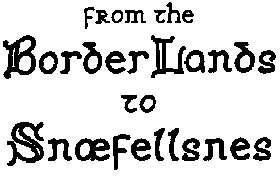
from the Borderlands to Snæfellsnes
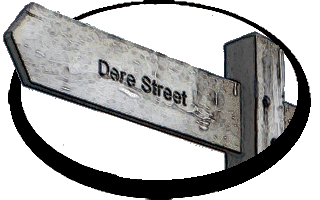

7 October 2013
The North Atlantic Arc Home
| October | November |
| S | M | T | W | T | F | S |
| 4 | 5 | |||||
| 6 | 7 | 8 | 9 | 10 | 11 | 12 |
| 13 | 14 | 15 | 16 | 17 | 18 | 19 |
| 20 | 21 | 22 | 23 | 24 | 25 | 26 |
| 27 | 28 | 29 | 30 | 31 | 1 | 2 |
| 3 | 4 | 5 | 6 |
 |
|
Monday 7 October 2013--It occurs to me, far too late, that Edinburgh is not
the best place for me to try to shake jet lag on my first few days over. Ah well,
lesson learned...time now to leave the wicked city behind. I negotiate a maze of
streets in Leith, then stop for a look at Musselburgh on my way out of town.
There's an impressive theater and arts center in the middle of town, and an
interesting medieval bridge, built on Roman footings, over the River Esk. The
Battle of Pinkie Cleugh took place near here on 10 September 1547, a
continuation of Henry VIII's campaign, dubbed "The Rough Wooing" centuries
later, to achieve the union of England and Scotland by forcing the marriage of
his son, Edward, to Mary, Queen of Scots. Henry had in fact already been
dead for nine months; Edward VI was not yet ten years old. The Scots took a
drubbing in what was the last pitched battle between the two countries, and
much of southern Scotland was occupied until hostilities ended in 1550. Mary,
age five at the time of the battle, had been smuggled off to France and
betrothed to the dauphinFrancis. And therein hangs another tale.
Find my way up to the A68, the main route from Edinburgh toward Northumberland. A few miles along, I turn off onto the B6368, which, for a s tretch of a mile and a half, lies on the border between Midlothian and the Borders. On the uphill side stands the peculiar historic site known as Soutra Aisle. The Aisle itself is not really very remarkable; what is, is what isn't here. The windswept hilltop is the site of the House of the Holy Trinity at Soutra, founded in the twelfth century by Malcolm IV. This Augustinian abbey and hospital was one of the most important institutions of medieval Scotland, serving the poor, the aged, and travelers along the ancient Roman Dere Street. It derived its income from the estates it had been granted by Malcolm, and from a number of wealthy benefactors. Modern archeological excavation suggests that a relatively sophisticated medicine was practiced here, based on a wide variety of exotic medicinal plants. The hospital thrived until the mid-15th century, when scandal brought it down. The Master, Stephen Fleming, was alleged to have committed a host of egregious offenses, reported to Rome. (None of the sources I've seen specify what these offenses were; the imagination runs riot.) The abbey's estates were confiscated and transferred to Trinity College in Edinburgh, which subsequently became one of the world's leading institutions of medicine. Soutra limped along for another two centuries before being abandoned altogether. Shortly after that, the local Pringle family adopted an aisle of the church as a burial vault, and it is that which survives today. The rest of the complex is gone, its stone removed and reused elsewhere in the area. I return to the A68, then wend my way toward Kelso. I stopped here briefly in 2008 to see the abbey, which is, to my mind, the least interesting of the four Borders abbeys. A couple of years ago, my friends Jeff and Louise Demetrescu, keepers of the Saints and Stones website, told me how much they liked Kelso, which left me mystified. Today I find the town center, which I'd skirted then, and now I get it. I'd have to agree that it's the most charming of the Borders towns, with a handsome central square and a fine view over the River Tweed. Most important, of course, it has a good pub, the Cobbles Inn, CAMRA's Pub Of The Year for Scotland and Northern Ireland. Cross the Tweed and head down the B6352 toward Town Yetholm and Kirk Yetholm (pronounced Yettum), which stand across the Bowmont Water from each other. The Bowmont isn't a hugely impressive stream, but there were three mills along a short stretch here--one close by the bridge that links the two villages, one a half mile upstream, and one a few hundred yards downstream, on the Kirk Yetholm side. This latter houses the B&B where I am staying for the next three nights. It's a work in progress. My room is modern and comfortable, as are the common areas, but parts of the mill are nothing more than stone walls, and the landscaping is as yet nonexistent. Kirk Yetholm was once the home of a large encampment of Romani, the people commonly called Gypsies. It's a part of the local history I will leave to explore another time. Take a short nap, then walk up to the Border Hotel for dinner and pints. I popped in for a pint here in 2010, as I made a quick exploration of the border country hereabouts. Both the pub and the countryside seemed to warrant further exploration, so here I am. Just now, the pub doesn't seem quite as charming as it did then; but there is good food, and a proper pint. [Later, comparing photographs, I see that the warm and bright color scheme I saw three years ago has been entirely covered over with a pale pea-soup green, making the whole room look flat and sort of sickly. It looks like a different place.] I find myself nodding off after dinner, and decide to call it a night early. Next |
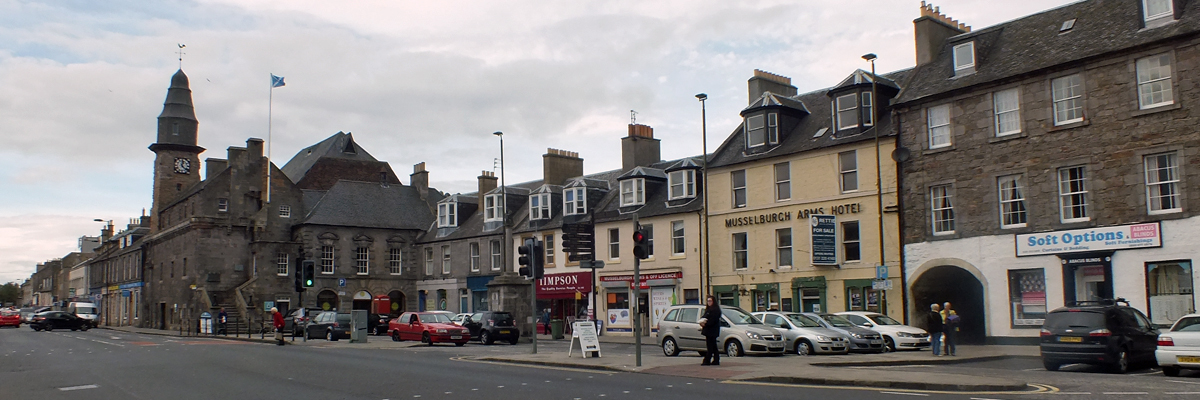 |
Musselburgh
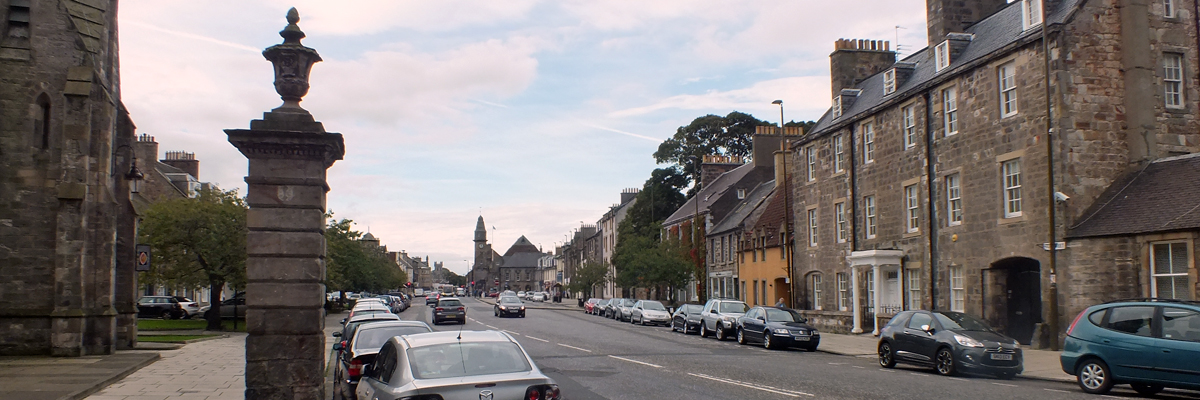 |
Musselburgh
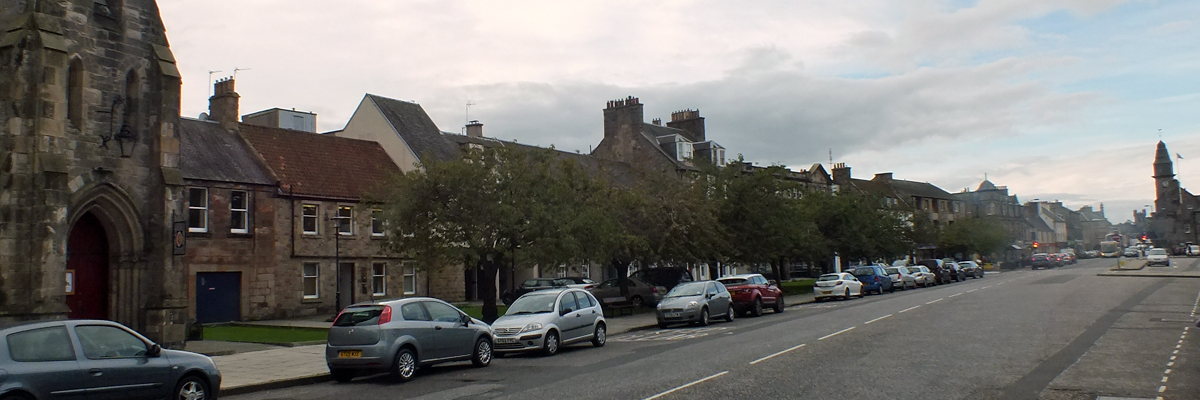 |
Musselburgh
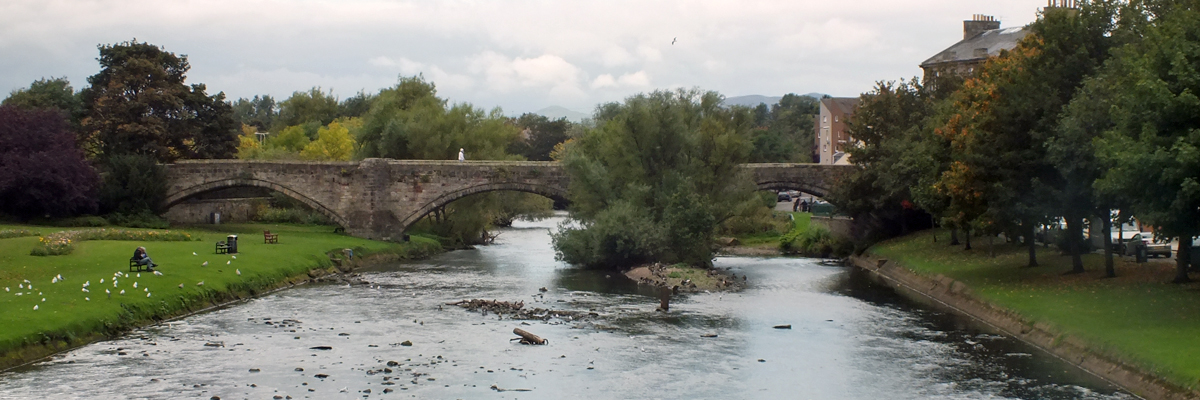 |
Musselburgh
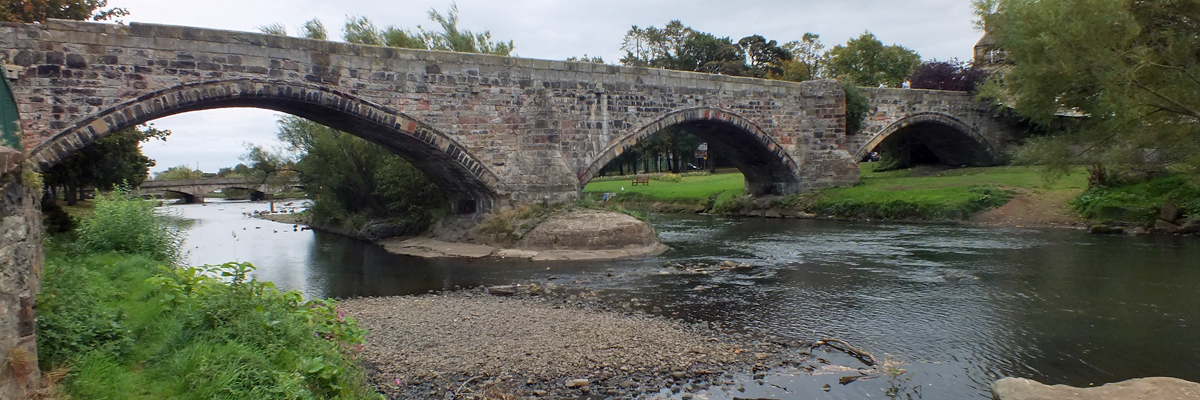 |
Musselburgh
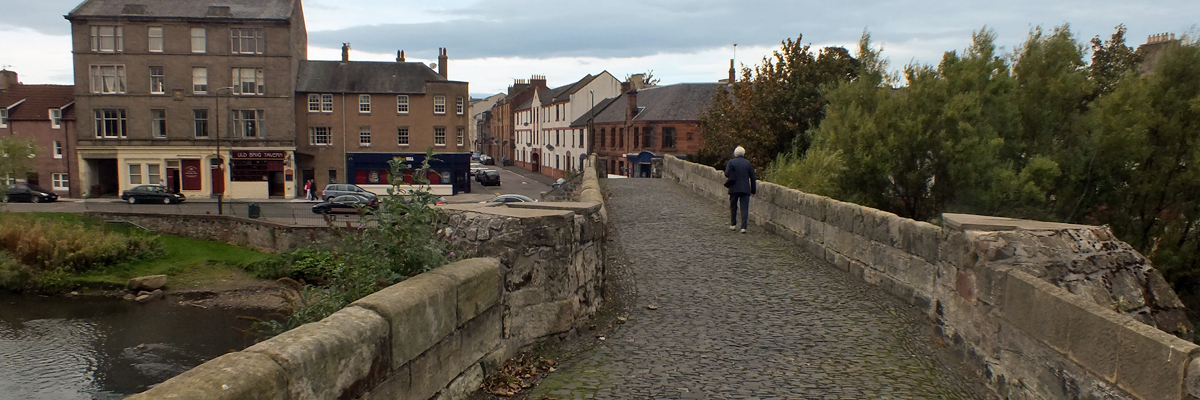 |
Musselburgh
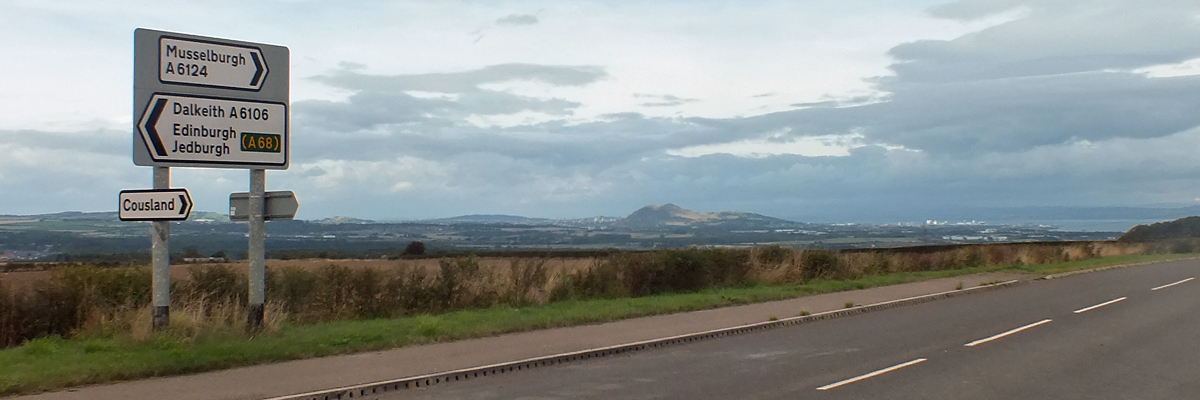 |
On The Road
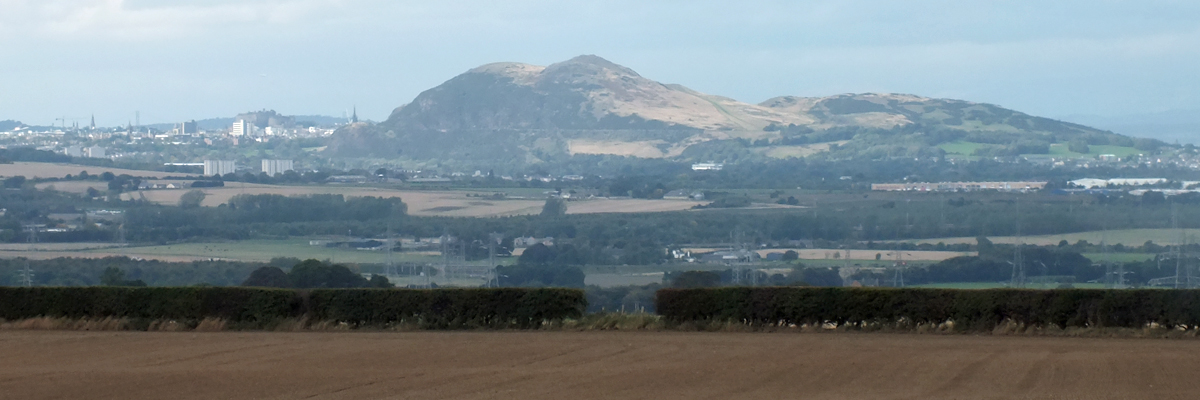 |
Edinburgh From Afar
 |
Soutra Aisle
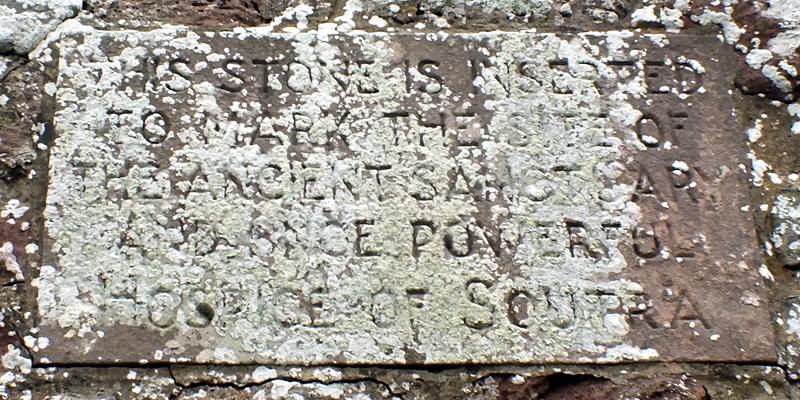 |
"This stone is inserted
to mark the site of
the ancient sanctuary
and once powerful
Hospice of Soutra"
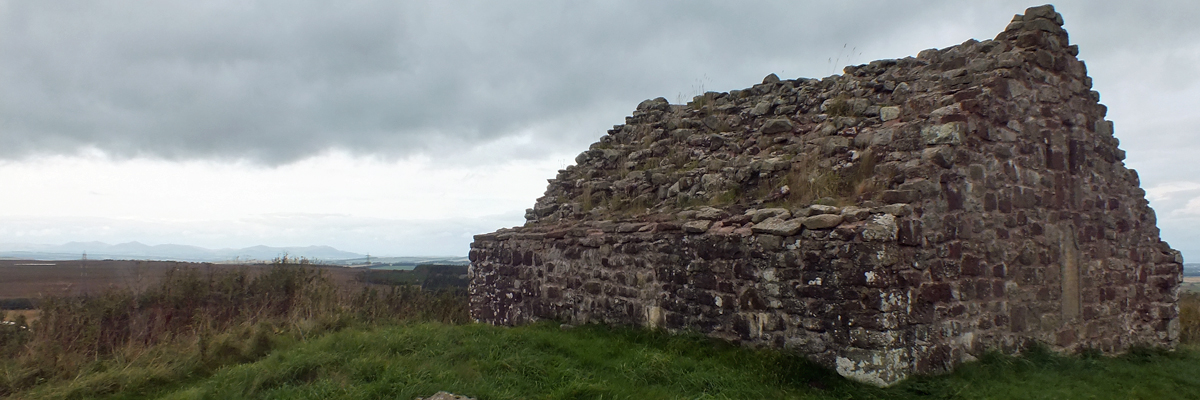 |
Soutra Aisle
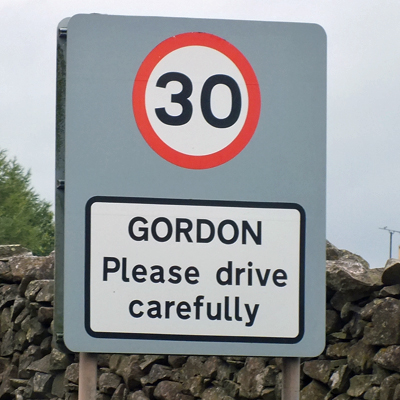 |
They're On To You, Gordon
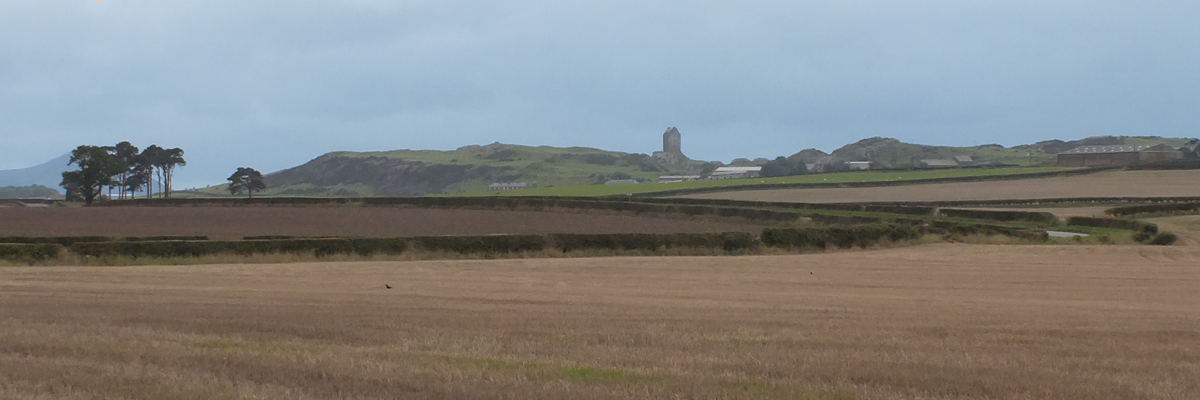 |
Smailholm Tower
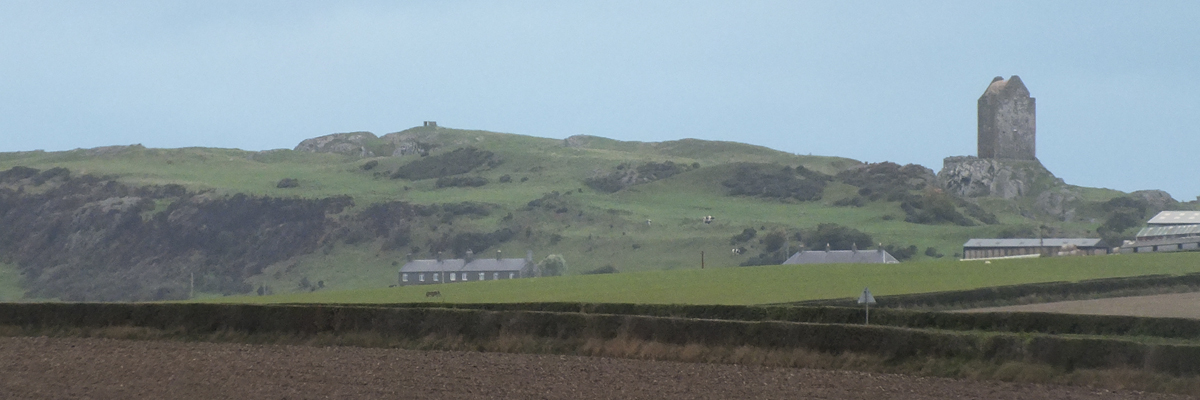 |
Smailholm Tower
 |
Kelso
 |
Kelso
 |
River Tweed, Kelso
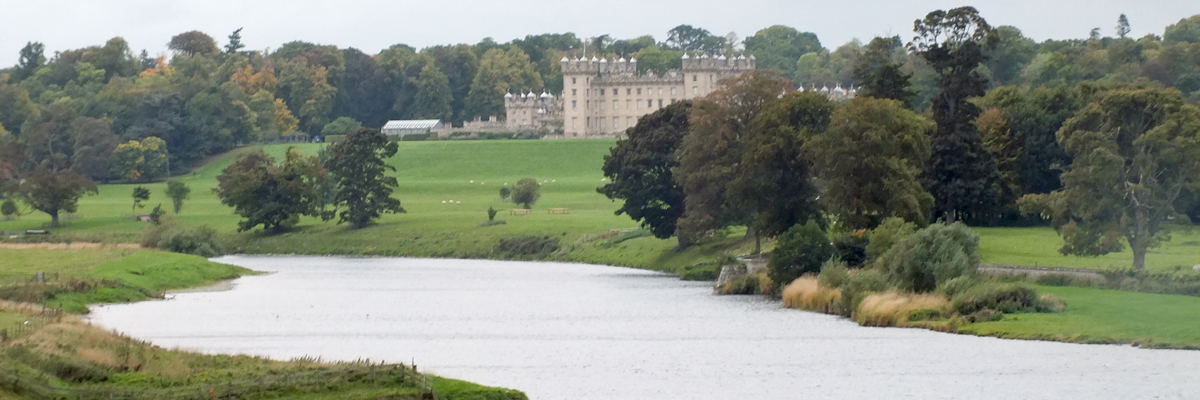 |
Floors Castle
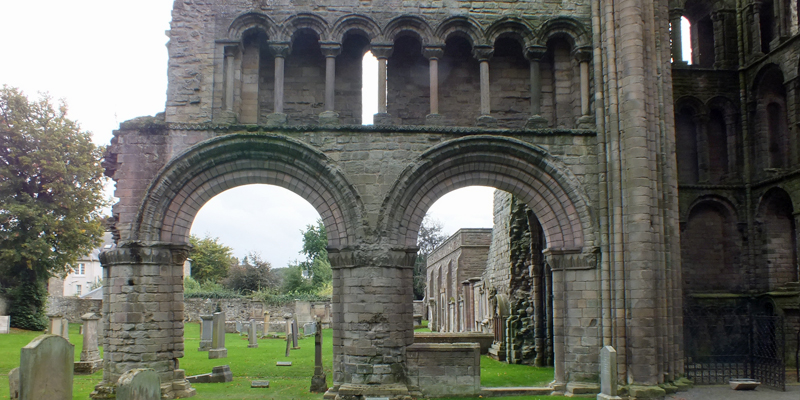 |
Kelso Abbey
 |
Kelso Abbey
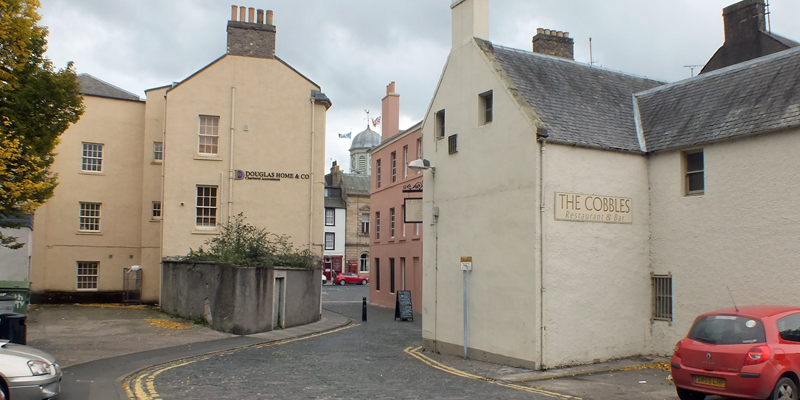 |
Kelso
 |
The Cobbles
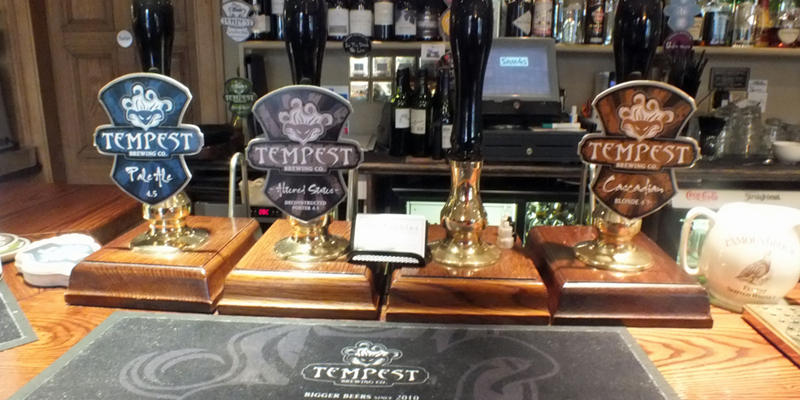 |
The Cobbles
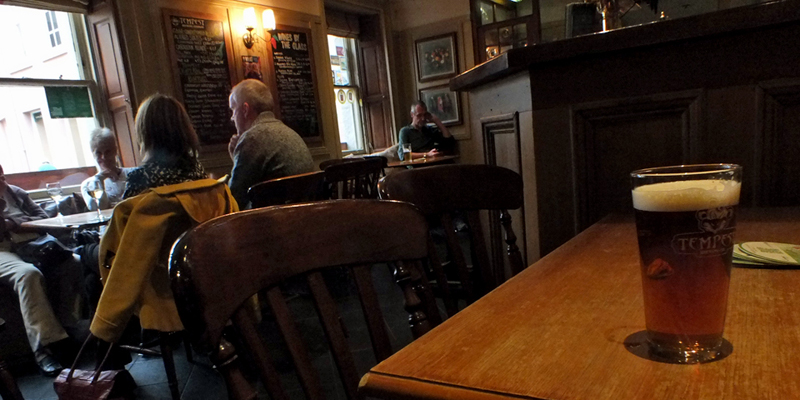 |
The Cobbles
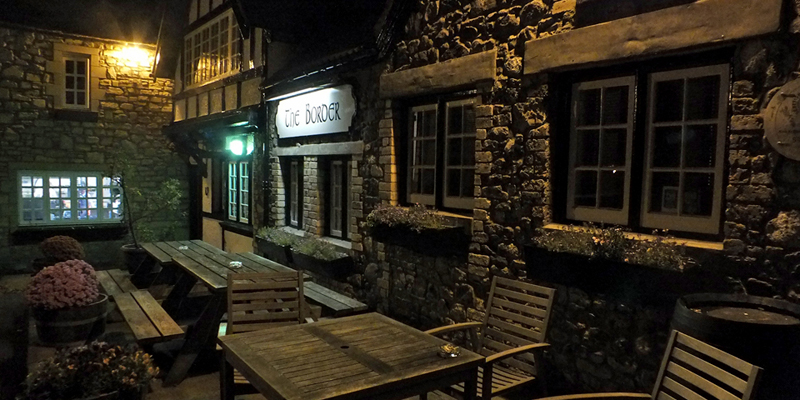 |
The Border Hotel
Next
| October | November |
| S | M | T | W | T | F | S |
| 4 | 5 | |||||
| 6 | 7 | 8 | 9 | 10 | 11 | 12 |
| 13 | 14 | 15 | 16 | 17 | 18 | 19 |
| 20 | 21 | 22 | 23 | 24 | 25 | 26 |
| 27 | 28 | 29 | 30 | 31 | 1 | 2 |
| 3 | 4 | 5 | 6 |
The North Atlantic Arc Home
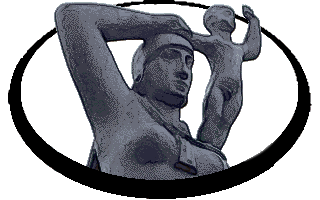
Mr Tattie Heid's Mileage
Results may vary